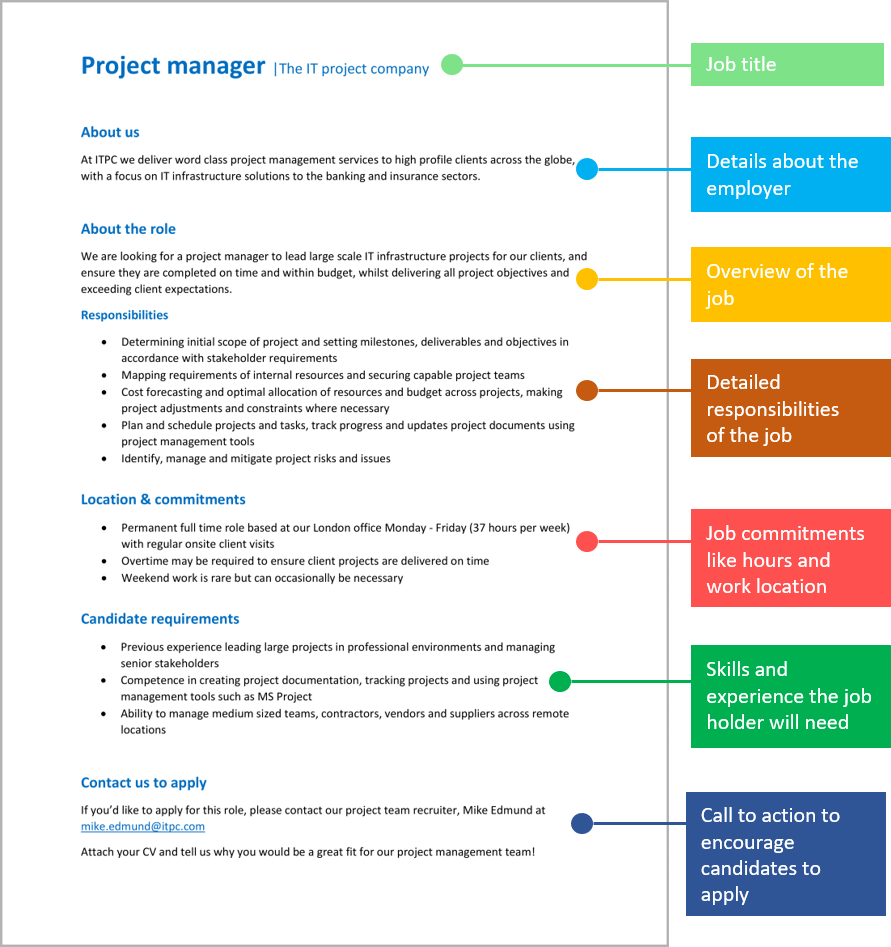Business infrastructure links the people, processes, and tools necessary to ensure sustainable, repeatable, and profitable growth. The first element for creating business infrastructure, based on the Kasennu framework, is a Business Parts Analysis and how it can offer you the intel and insights required to build and grow your team.
What is a Business Parts Analysis?
A Business Parts Analysis is a comprehensive set of exercises designed to identify the core or fundamental “parts” that make up your organization. Those parts consist of the specific tasks required to operate daily and are eventually organized into departments, resulting in succinct and transparent job descriptions.

As a leader, this information equips you with the guidance necessary for identifying not only who to hire but also how to build your team.
How to Conduct a Business Parts Analysis
There are five main exercises for conducting a Business Parts Analysis:
- Brainstorm Tasks
- Identify Departments
- Assign Roles
- Prioritize Hiring Strategy
- Design Job Descriptions
Brainstorm Tasks
For this exercise, assemble your existing team in person or remotely. Plan to spend a minimum of four hours brainstorming every single task performed in your organization. This includes everything from the most mundane to the most complex. Write each task identified onto separate index cards or Post-It® notes.

Identify Departments
Once you’ve identified and written all the tasks required to operate your organization, you’re ready for the next exercise – department identification.
For this exercise, spread all the index cards with written tasks across a large table (or a wall for Post-It® notes). Begin grouping index cards with similar tasks into columns. Take another blank index card (preferably a different color) and place one above each column. Now, glance at the tasks within each column and ask yourself, If I had to associate these tasks with a department, what would I name that department?
Write your answer on the blank index card above each column of tasks. In the example below tasks are grouped by letter and assigned department names like Operations, Technology, Accounting, and Marketing.

This exercise is engaging and highly interactive. Plan to spend a minimum of one to two hours assigning tasks to departments.
Assign Roles
Now that you’ve identified the tasks and departments that make up your organization, you can begin the next exercise – role assignment.
For this exercise, use another set of blank index cards (preferably a different color) and ask yourself, In a perfect world, if I had access to all of the resources I needed, who ideally should perform each of these tasks? Don’t underestimate the significance of this question – it helps distinguish between what each person on your team could do vs. should do.
As you and the other exercise participants reflect on the ideal role to perform each task, write the name of that role (not the person) onto the new set of blank index cards. Move the task index cards around such that they are beneath the index card containing the role to perform those tasks.

In the picture above, you can see me helping a client complete this exercise. We used stick figures instead of index cards to write the names of roles. Write the name of any filled role in black ink, vacant roles in red ink, and outsourced roles in blue ink. Expect to spend another one to two hours minimum to complete this exercise.
Prioritize Hiring Strategy
At this point, you know the tasks, departments, and roles required to operate your organization. You can now begin transferring this information into a spreadsheet. Each tab of your spreadsheet should contain the name of a deparment with a listing of all tasks and the role who should perform each task.
Create another tab in your spreadsheet and list the names of each identified role. Next to each role, type the salary range in another column and whether the role is part-time, full-time, outsourced, freelancer, etc. in the third column. Based on your organization’s growth and financial projections, prioritize the order in which you will actively recruit, interview and fill all vacant roles.

Design Job Descriptions
Now that you know all of the vacant roles in your organization and the order in which you ideally would like to fill them, you can begin designing the associated job descriptions.
Copy and paste all of the tasks assigned to a specific role from your spreadsheet into the Responsibilities section of your job description. It’s also a good idea to develop job descriptions for all filled positions too since some duties may be reallocated as a result of your Business Parts Analysis.

The Benefits are Worth the Effort
Removing the guesswork of task allocation and eliminating the possibility of not including the full scope of a job makes the rigor of a Business Parts Analysis worth the time.
The stakes are particularly high as your organization experiences fast growth and need to build a team quickly. With your team being your most valuable asset, hiring the wrong people can result in poor performance, procrastination, high turnover, and worse, loss of control and profitability.
Though the Business Parts Analysis exercises might seem like overkill to ultimately creating job descriptions, their outputs actually serve as the foundation for designing your organizational chart, streamlining your records management systems and workspace, and identifying and documenting your business processes. This is exactly what we’ll cover over the next several issues.
__________
Elements of this article originally appeared on the Smooth Operator newsletter on LinkedIn.












